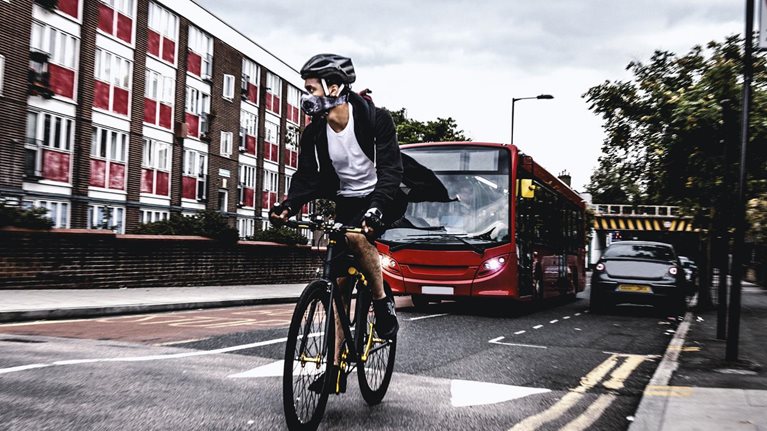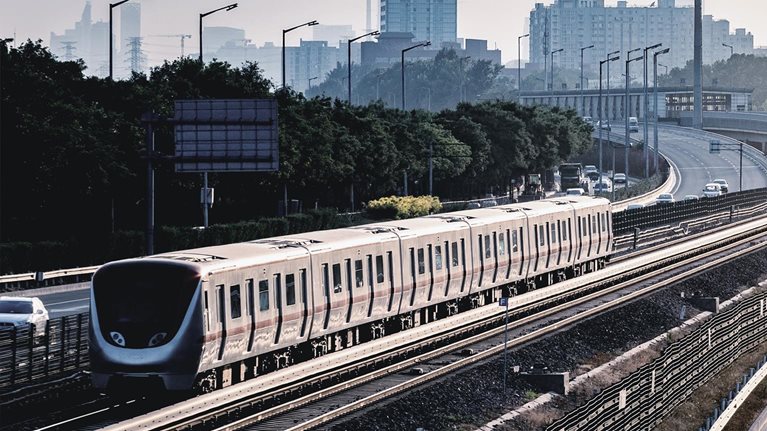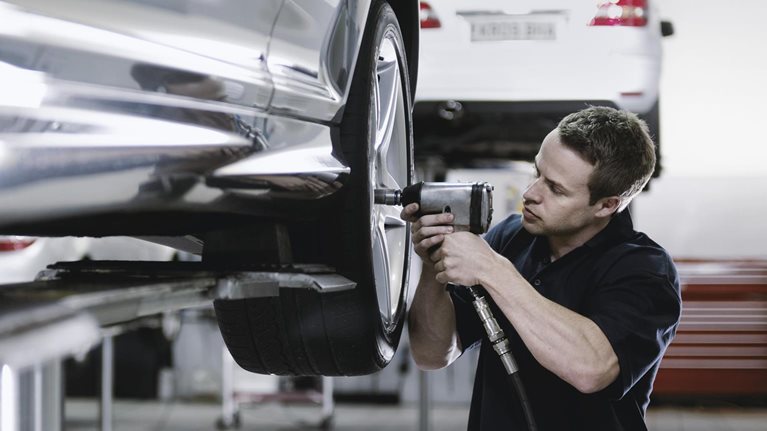Updated August 27, 2021
The automotive and mobility industries have certainly been among the hardest hit during the COVID-19 pandemic. The picture is improving, however. Car dealerships are getting busier, and many are eagerly seeking more inventory to sell. Overall mobility is picking up steadily, although not to pre-COVID-19 levels. Usage of shared mobility services and public transit is picking up significantly, while regions where many commuters and their employers accept the practicalities of working from home are recovering more slowly.
Now, as economies return to some semblance of normal, automotive OEMs, car dealers, and government officials need to know how long full recovery may take and what the “next normal” could look like.
To help answer such questions, we are continuing to regularly survey consumers in the United States, the United Kingdom, Germany, France, Italy, Japan, and China on their mobility behaviors and plans around car buying and servicing. Our survey looks at both current consumer sentiment and anticipated future behavior as economies find the next normal.
Our findings from the seventh wave of the McKinsey Global COVID-19 Auto & Mobility Consumer Survey, conducted June 1–4, 2021, are summarized here.
Car buying and servicing
Globally, consumers’ intent to purchase cars is close to pre-COVID-19 levels, fueled by positive outlooks in the United States and China:
- Intent to purchase new and used cars over the next 12 months is almost back to pre-COVID-19 levels (new cars at 94% versus pre-COVID-19 levels and up by 7% over September 2020; used cars at 97% versus pre-COVID-19 levels, up by 1% compared to September 2020).
- There are significant increases in purchase intent for EVs, particularly in Europe and China, motivated by government incentives and by increased consciousness about sustainability.
- Prospective buyers are less inclined to want to interact with sellers at car dealerships. That decline in preference is falling across all regions and age groups—especially for consumers between 55 and 70 years of age, who now consider online buying as a relevant alternative to visiting dealers.
- Interest in buying cars entirely online remains flat at 59% globally with regional variation.
- The outlook for aftermarket services continues to improve. In the last few months, more customers have been getting maintenance and repairs done rather than waiting. The next month shows significant uptake in net intent.
Mobility
- About 51% of global respondents still state that they intend to travel less than before the COVID-19 pandemic. However, mobility is picking up gradually and at different rates, with the fastest recovery in the United States.
- Regular use of public transport has picked up significantly compared to late 2020. Shared modes of transport (especially micromobility services) are now above pre-COVID-19 levels.
- Public transport and shared mobility modes are considered more or less safe again with regard to COVID-19 infection.
- The frequency of commuting trips is recovering at different rates. Around the world, expectations differ about commuting patterns and workplace scenarios in the next normal.
- Respondents are largely in favor of greener mobility infrastructure. Almost half (49%) indicate that current green initiatives should be amplified and accelerated.
This article will be continuously updated.













